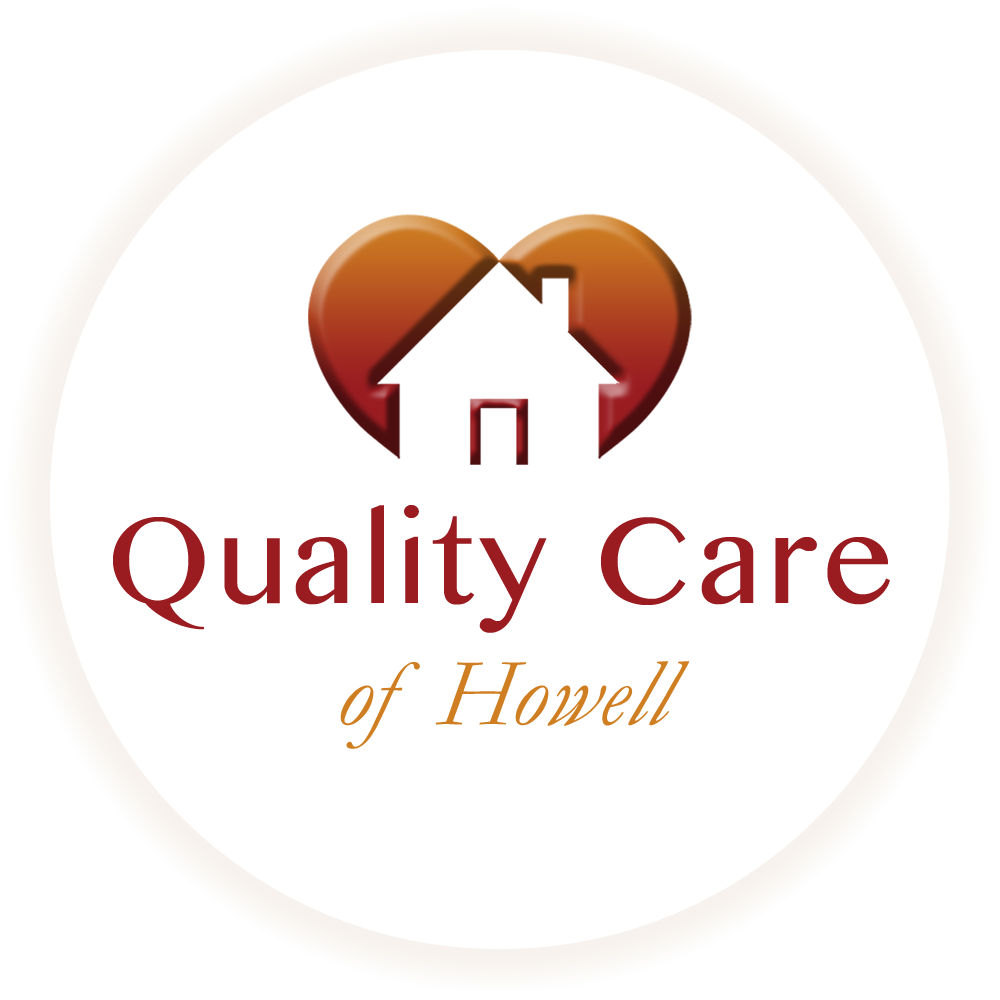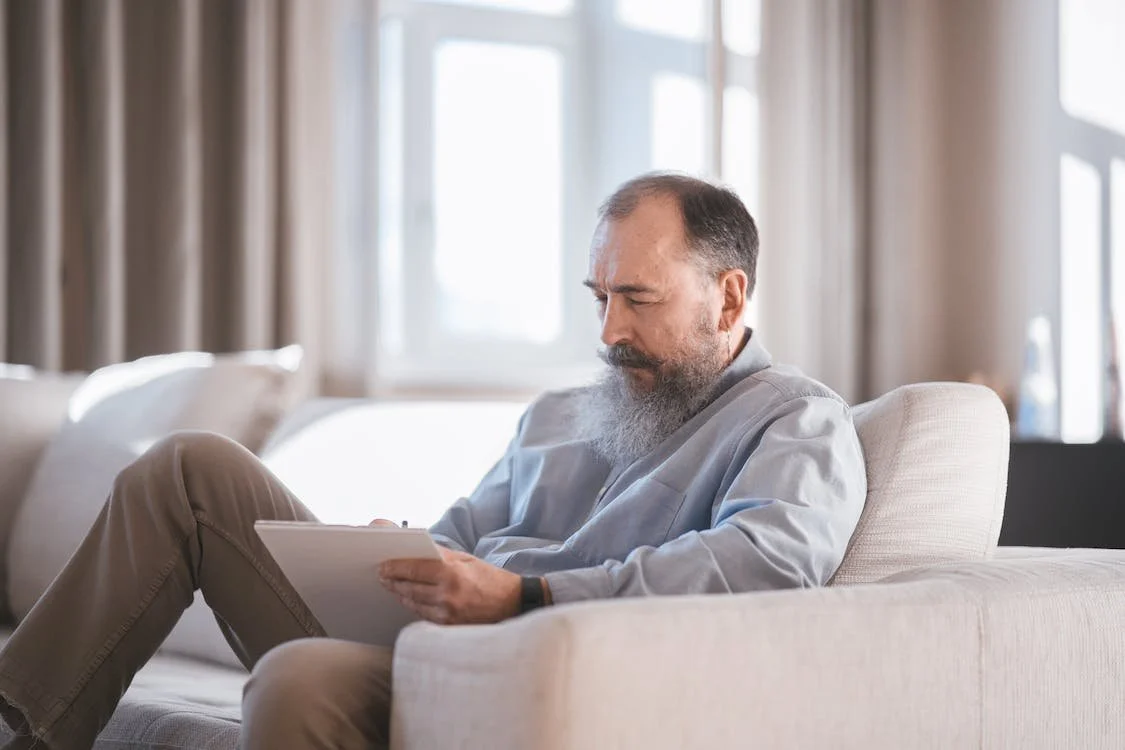Photo via Pexels
Being a caregiver to someone with dementia can be all-consuming. It’s easy to neglect your own health when you’re so focused on the needs of a loved one who is suffering from dementia. But taking care of yourself is important for maintaining your ability to care for someone else. Make time for doctor’s visits, preventive care, and healthy lifestyle habits, so you can stay in tip-top shape as a caregiver.
To increase the quality of care you receive and improve your health outcomes, learn how to become your own health advocate. The less time you have to spend navigating the healthcare system, the more time and energy you’ll have to dedicate to caregiving. Here are a few actionable tips to help you become an advocate for your own health!
Maintain Your Own Health Records
As a patient of the healthcare system, you have a right to your own medical information. Exercise this right! Reading your medical records can help you better understand your health and how your doctors make decisions about tests, treatments, and diagnoses. Once you obtain your medical records, keep them organized and secure. You may also want to keep copies on a mobile device that you can bring along to doctor’s visits.
Save your records as PDF files so you can share them easily and access them without a Wi-Fi connection. If you need to separate the pages when you visit a particular specialist, you can use an online PDF splitter and save the new file.
Lead a Healthy Lifestyle
If you want to reduce your reliance on the healthcare system, take your health into your own hands. Lead a lifestyle that supports your health. Even if your life is busy with work and caregiving, you should be able to fit in healthy habits like exercising and eating nutritious foods. For example, you could take the stairs at work and pack healthy snacks for the office. Keep it simple! You don’t need to spend hours in the gym and kitchen to keep yourself healthy.
Go for Regular Checkups
Going to the doctor for regular checkups is an important part of preventive care. Regular checkups can reduce your risk of getting sick and help you catch potential problems as early as possible. These checkups get even more important as you grow older. For example, once you’re over 45, it’s a good idea to start getting your cholesterol tested. These checkups get even more important as you grow older. For example, once you’re over 45, it’s a good idea to start getting your cholesterol tested.
Diabetes testing is recommended once you reach 40, and blood pressure should be checked regularly at any age. According to Healthline, regular checkups are generally recommended every three years for those under 50 and in good health and once a year after the age of 50.
Seek a Second Opinion
If you’re not feeling confident about a diagnosis or course of treatment determined by your doctor, you have a right to seek a second opinion. Research shows that the vast majority of patients who seek a second opinion will leave the office with a new or refined diagnosis. This can significantly impact your health outcomes. Here are a few signs that you should consider seeking a second opinion:
Your symptoms persist after you've undergone treatment.
You have been diagnosed with a rare disease.
Your doctor recommends a treatment that is risky or invasive.
You receive a cancer diagnosis.
You don’t feel right about your doctor’s diagnosis or recommended treatment.
Being proactive and taking care of your own health will put you in a better position to provide care to someone with dementia. Before going in for a checkup and interacting with the healthcare system, learn how to be your own health advocate. Keep PDF copies of your medical records, make healthy lifestyle choices, and don’t hesitate to get a second opinion. Trust your gut and stand up for your needs!
Quality Care of Howell senior living offers compassionate care for seniors who need assistance with their daily lives. Schedule a tour today!
Article written by Jim McKinley





